Family: Cephidae
Family common name: stem sawflies
Subfamily: Cephinae
Genus: Janus Stephens, 1829
Subgenera: none
The Cephidae are commonly known as “stem sawflies” because larvaelarva:
the immature stage of holometabolous insects
 feed and live within the stems of small herbaceousherbaceous:
feed and live within the stems of small herbaceousherbaceous:
describing a plant that does not have a woody stem and is often close to the ground; e.g., grasses, forbs, and vegetable plants
and woody plants. Many are considered pests as this feeding behavior can damage or kill the plant host (Shanower and Hoelmer 2004Shanower and Hoelmer 2004:
Shanower TG and Hoelmer KA. 2004. Biological control of wheat stem sawflies: past and future. Journal of Agricultural and Urban Entomology 21 (4): 197-221.).
Stem sawflies of the genus Janus are generally black, slender, with slightly laterally compressed cylindrical bodies. Females are about 6–12 mm in length, while measurements for males are slightly smaller. The ovipositorovipositor:
the female organ that deposits eggs and is used to drill into plant tissue, located at the apex of the abdomen, made up of the lance and lancet
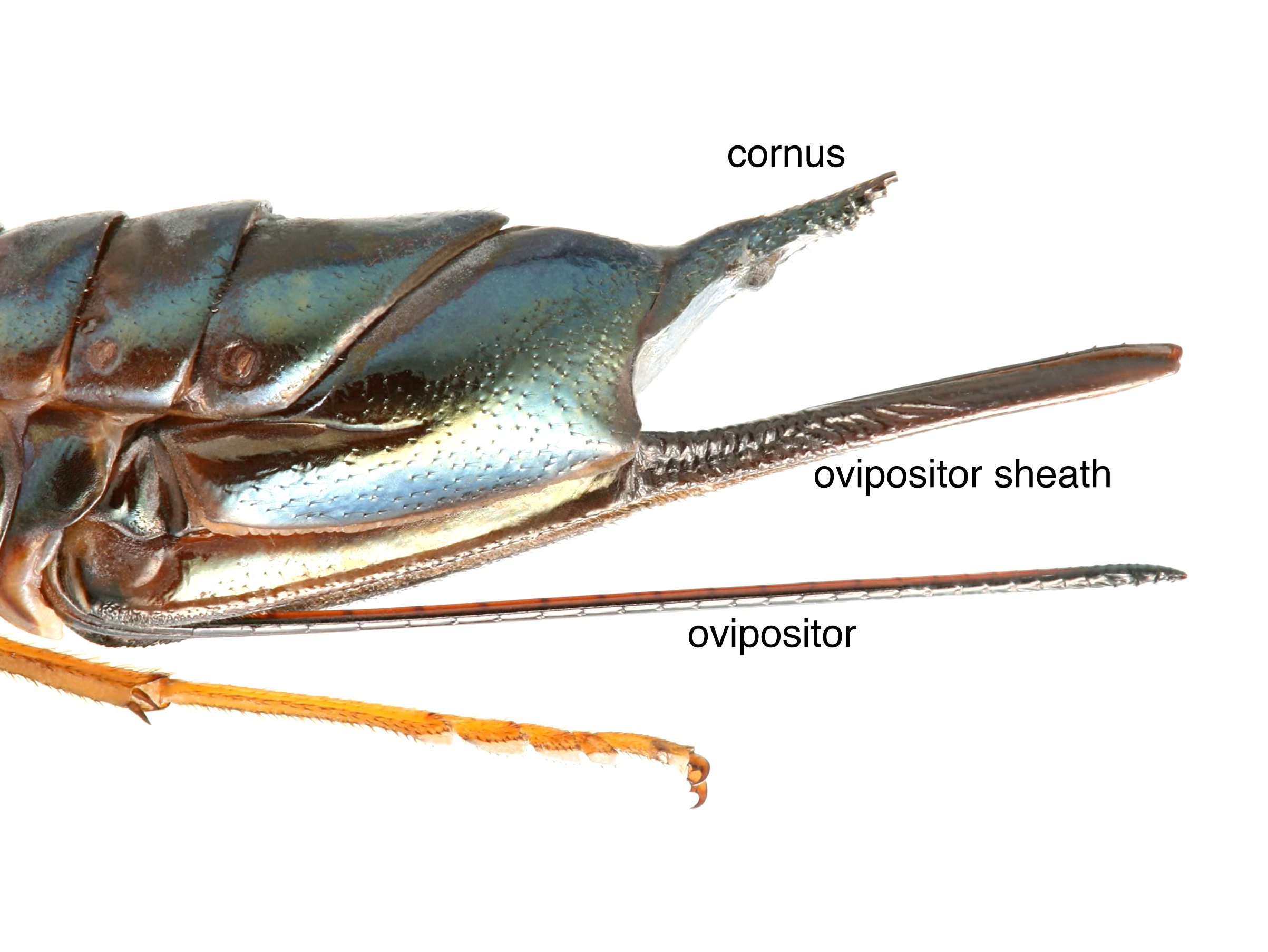 of Janus females is generally short (Ries 1937Ries 1937:
of Janus females is generally short (Ries 1937Ries 1937:
Ries DT. 1937. A revision of the Nearctic Cephidae (Hymemoptera: Tenthredinoidea). The American Entomological Society 63 (3): 259-327.).
Worldwide, there are 25 described extantextant:
in existence; opposite of extinct
species restricted to the Northern Hemisphere. Five species are present in North America (Taeger et al. 2010Taeger et al. 2010:
Taeger A, Blank SM, and Liston AD. 2010. World Catalog of Symphyta (Hymenoptera). Zootaxa 2580: 1-1064.).
A key to North American species of Janus is included in Smith and Solomon 1989Smith and Solomon 1989:
Smith DR and Solomon JD. 1989. A new Janus (Hymenoptera: Cephidae) from Quercus , and key to North American species. Entomological News 100 (1): 1-5..
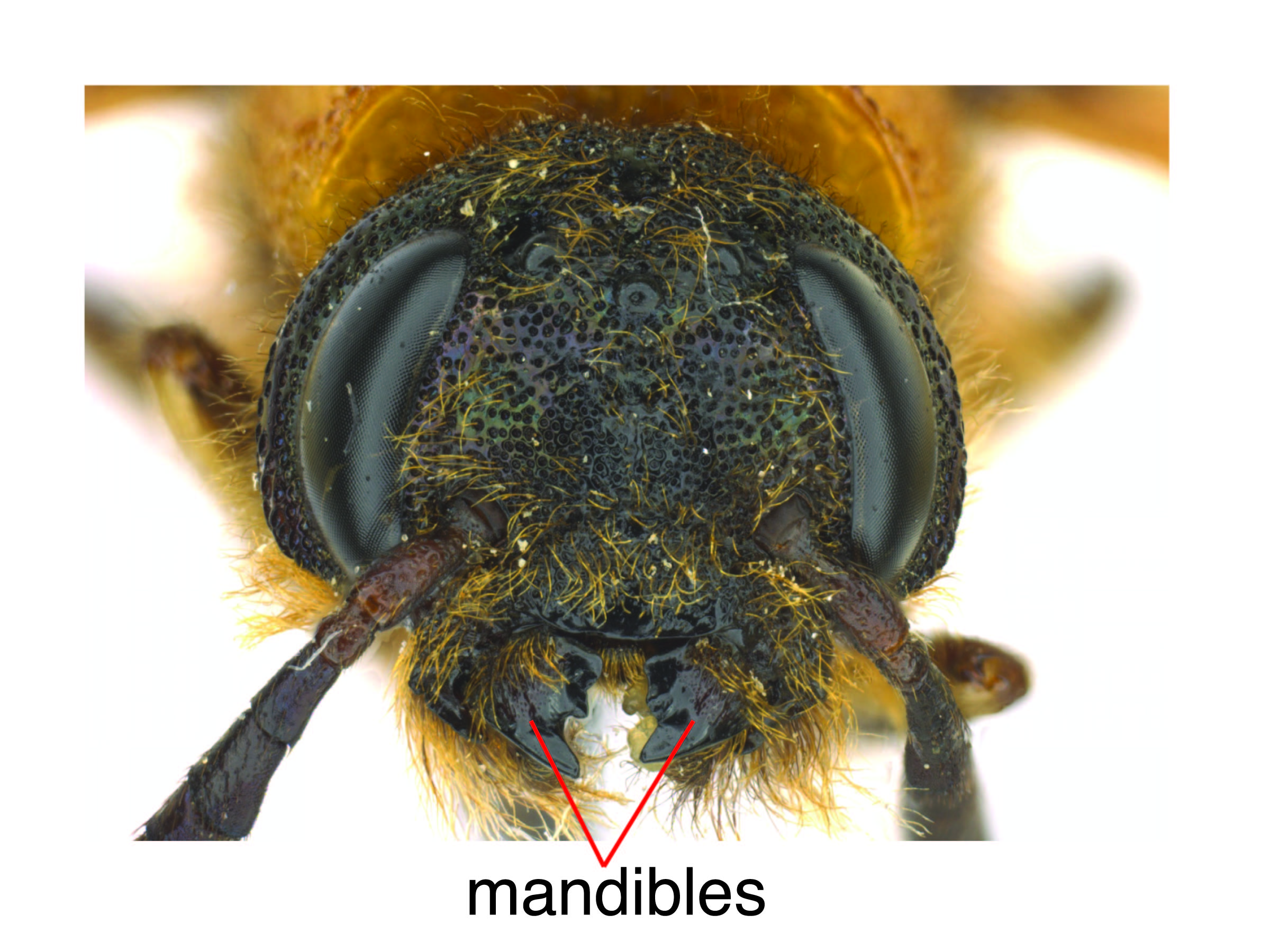 bidentatebidentate:
bidentatebidentate: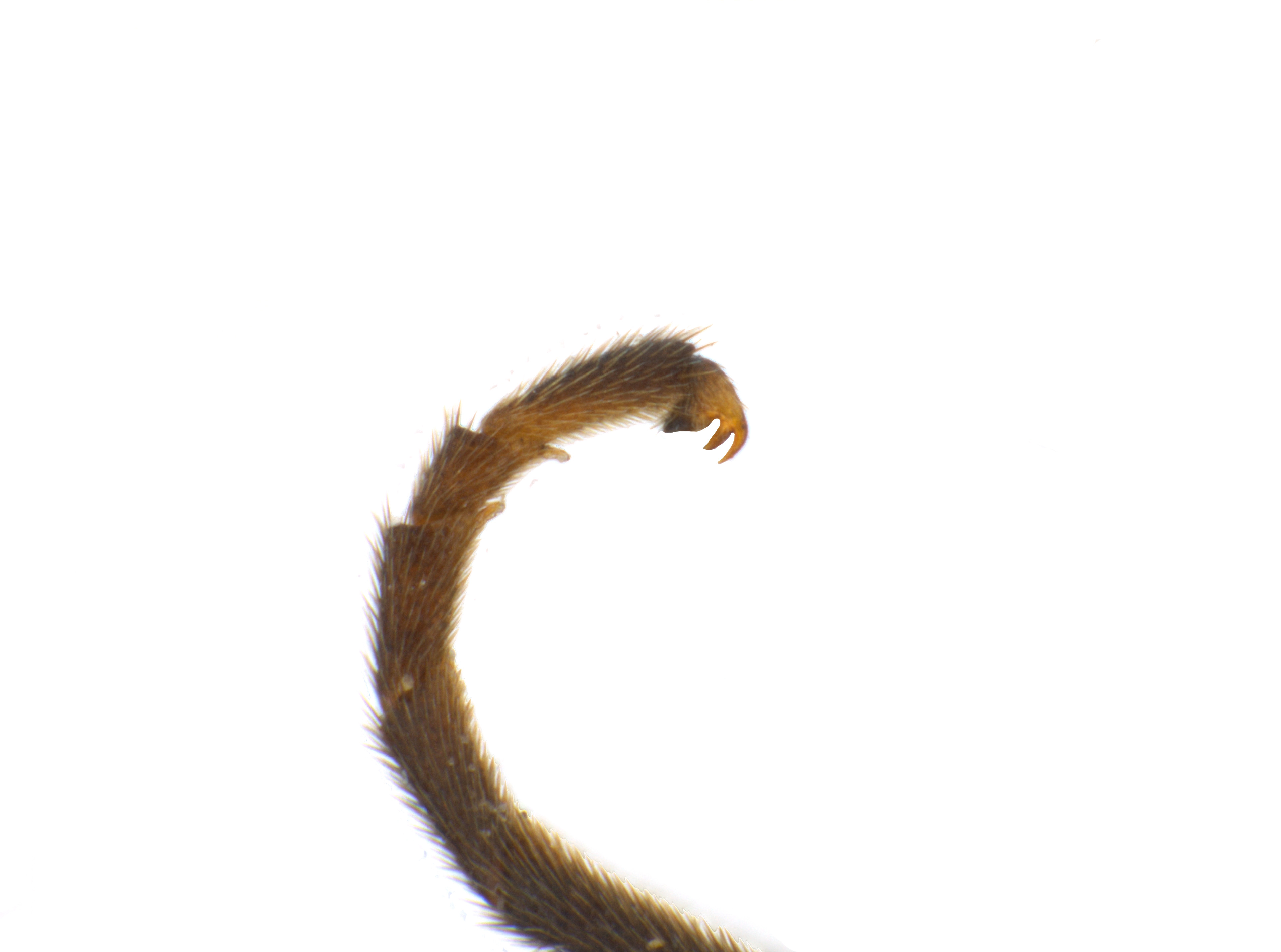 , right variable (Smith 1986)
, right variable (Smith 1986) swollen just after the third segment (Smith 1986)
swollen just after the third segment (Smith 1986)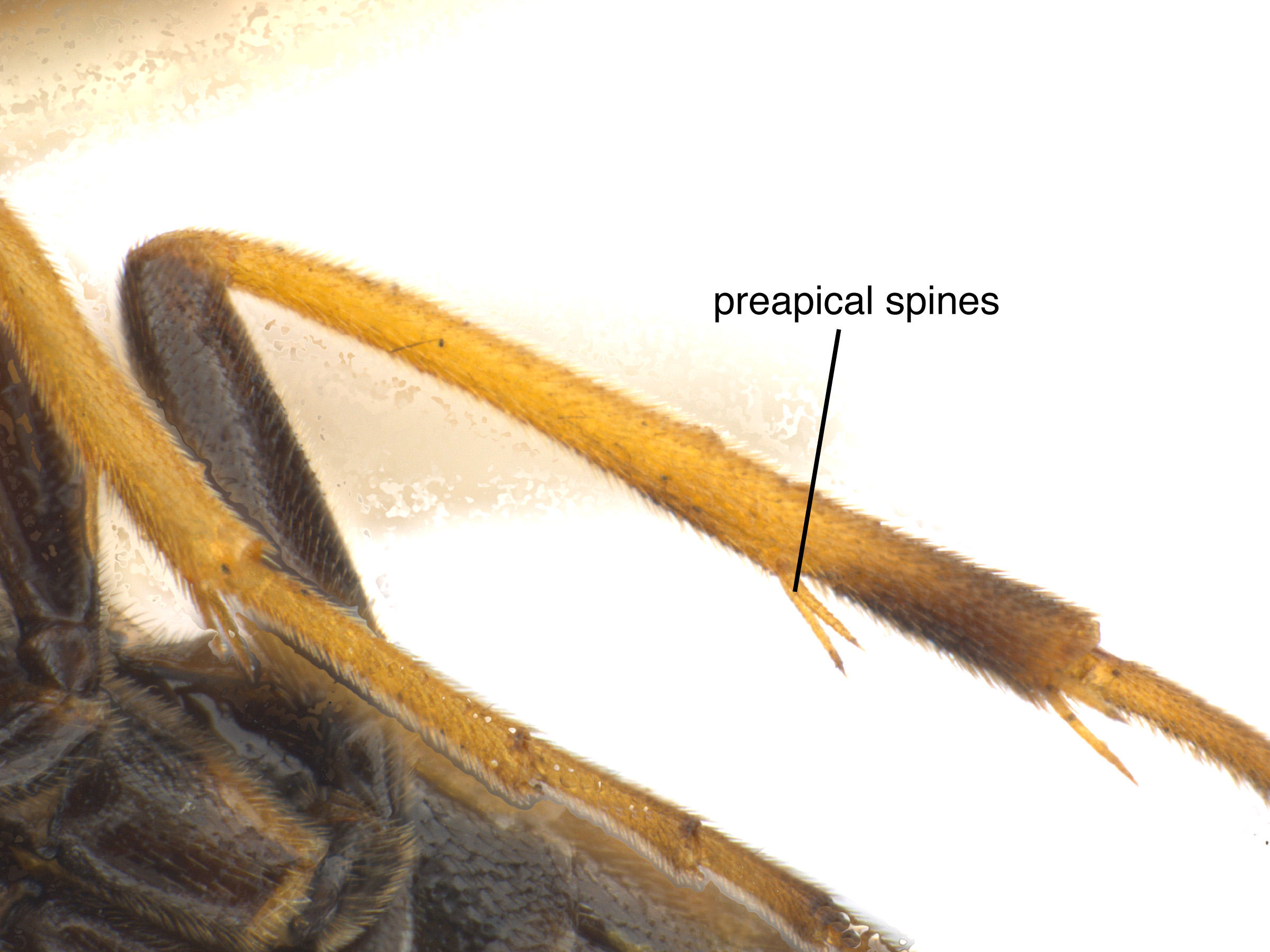 spurs on the hind tibiatibia:
spurs on the hind tibiatibia: (Smith 1986)
(Smith 1986)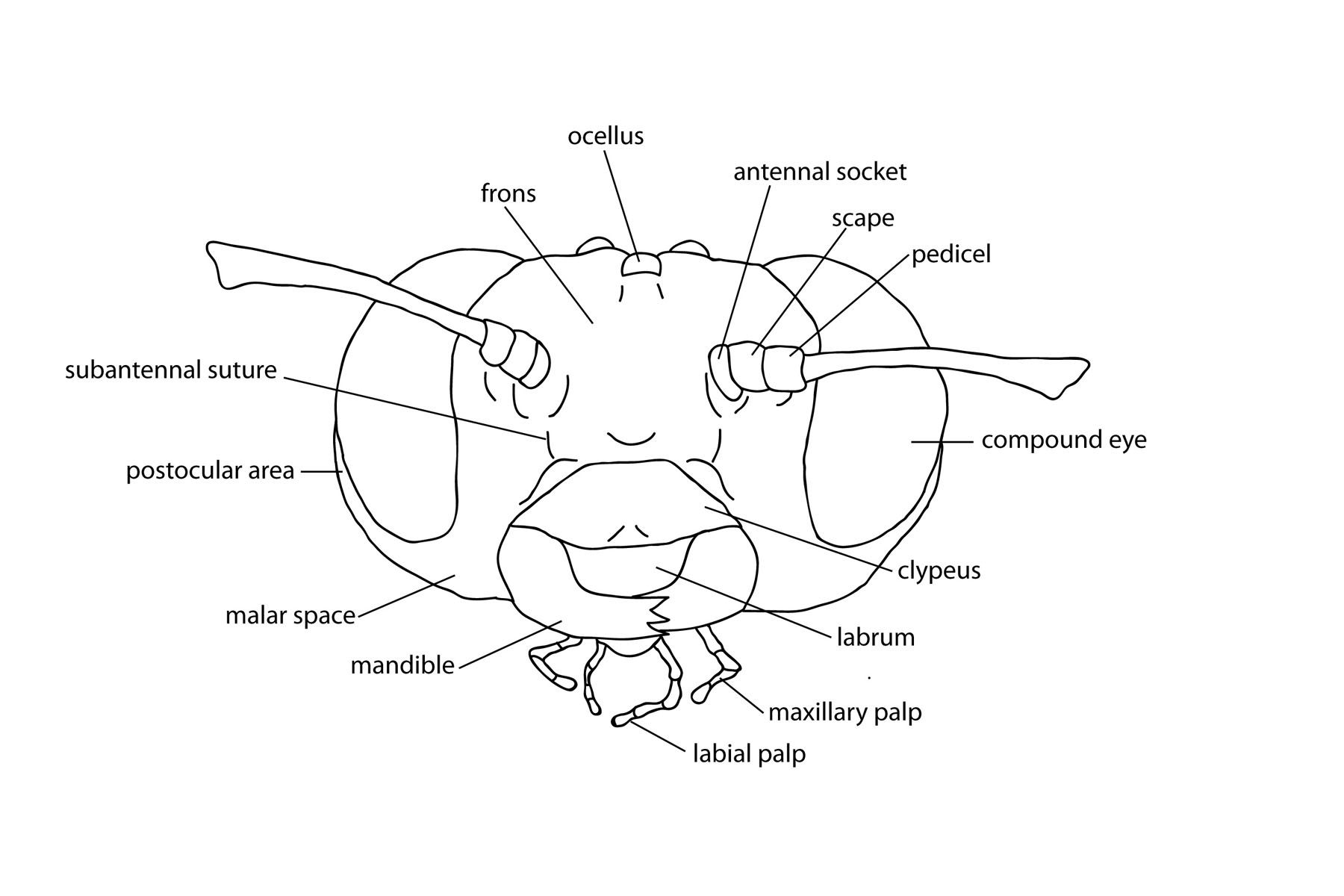 longer than fore tibiafore tibia:
longer than fore tibiafore tibia: (Middlekauff 1969Middlekauff 1969:
(Middlekauff 1969Middlekauff 1969: with veinvein:
with veinvein: 3r-m present (Smith 1986)
3r-m present (Smith 1986)Species of Janus are often confused with other Cephidae, especially similar genus, Phylloecus. It is distinguished from Caenocephus by the presence of the preapicalpreapical:
close to, but anterior to, the apex
 hind-tibia spurs and presence of veinvein:
hind-tibia spurs and presence of veinvein:
a tube-like, often darkened, structure on the wings
 3r-m in the hind winghind wing:
3r-m in the hind winghind wing:
the posterior wing of each pair of wings
 . It can be distinguished from Phylloecus by the presence of a basalbasal:
. It can be distinguished from Phylloecus by the presence of a basalbasal:
towards the base; closest to the body
lobe on the tarsal claws and the pair of preapicalpreapical:
close to, but anterior to, the apex
 hind-tibia spurs (Smith 1986).
hind-tibia spurs (Smith 1986).
None
In North America, the hosts of Janus are from several unrelated groups, including Populus spp. (poplar), Salix spp. (willow), Ribes spp. (currant), Viburnum spp., and Quercus spp. (oak) (Hansen 1986).
Some Janus species in North America are pestiferous. Janus integer, also known as the “currant stem girdler” can cause significant damage to crops of currant and gooseberry (Petroski et al. 2003). Janus abbreviatus, also known as the “willow shoot sawfly” is associated with shoot mortality of nursery willow, poplar, and cottonwood trees (Solomon and Randall 1978Solomon and Randall 1978:
Solomon JD and Randall WK. 1978. Biology and damage of the willow shoot sawfly in willow and cottonwood. Annals of the Entomological Society of America 71 (4): 654-657.).
Female Janus oviposit eggs singly into stems of shrubs and young trees (Middlekauff 1969Middlekauff 1969:
Middlekauff WW. 1969. The cephid stem borers of California (Hymenoptera: Cephidae). Bulletin of the California Insect Survey 2: 1-25.). After oviposition, the female girdles the stem above the egg using the ovipositorovipositor:
the female organ that deposits eggs and is used to drill into plant tissue, located at the apex of the abdomen, made up of the lance and lancet
 “ sawsaw:
“ sawsaw:
ovipositor
” to make punctures around the stem. This effectively kills the shoot above the feeding site (Solomon and Randall 1978Solomon and Randall 1978:
Solomon JD and Randall WK. 1978. Biology and damage of the willow shoot sawfly in willow and cottonwood. Annals of the Entomological Society of America 71 (4): 654-657.). LarvaeLarva:
the immature stage of holometabolous insects
 are creamy white and grub-like in appearance. They lack any abdominal prolegs, and thoracicthoracic:
are creamy white and grub-like in appearance. They lack any abdominal prolegs, and thoracicthoracic:
of or on the thorax
legs are vestigial. Cephidae larvaelarva:
the immature stage of holometabolous insects
 possess a tubular dorsaldorsal:
possess a tubular dorsaldorsal:
of or on the top surface of the body or structure
horn on the posterior end of the body (Middlekauff 1969Middlekauff 1969:
Middlekauff WW. 1969. The cephid stem borers of California (Hymenoptera: Cephidae). Bulletin of the California Insect Survey 2: 1-25.). As the larvalarva:
the immature stage of holometabolous insects
 feeds, it tunnels downwards through the cambium and pith of the stem, while using this horn to pack frassfrass:
feeds, it tunnels downwards through the cambium and pith of the stem, while using this horn to pack frassfrass:
solid larval excrement
in the gallery behind it. As it tunnels it kills the buds that it passes (Hansen 1986).
Larvae generally undergo a period of diapausediapause:
a non-active period of no development; sawflies often enter diapause as a prepupa or pupa to overwinter
, over winter, in a white, papery cocoon, then pupate inside the hollow stem (Hansen 1986). In the spring, the adult chews or pushes its way out of the stub and emerges. All species that have been studied are univoltineunivoltine:
describing an insect with a life cycle of one generation per year
(Solomon and Randall 1978Solomon and Randall 1978:
Solomon JD and Randall WK. 1978. Biology and damage of the willow shoot sawfly in willow and cottonwood. Annals of the Entomological Society of America 71 (4): 654-657.).
World: This genus occurs throughout Europe, North Africa, and Asia (Smith 1993Smith 1993:
Smith DR. 1993. Systematics, life history, and distribution of sawflies. Pp. 3-32. In: Wagner MR and Raffa KF, eds. Sawfly Life History Adaptations to Woody Plants. University of Minnesota Academic Press. 581 pp.).
North America: Most species of Janus occur on the East Coast, throughout Southeast Canada and Northeast United States, west as far as Illinois and south to Virginia. One species, J. rufiventris, occurs in the Pacific Northwest of the United States with collections in California, Oregon, and Washington (Taeger et al. 2010Taeger et al. 2010:
Taeger A, Blank SM, and Liston AD. 2010. World Catalog of Symphyta (Hymenoptera). Zootaxa 2580: 1-1064., Smith and Solomon 1989Smith and Solomon 1989:
Smith DR and Solomon JD. 1989. A new Janus (Hymenoptera: Cephidae) from Quercus , and key to North American species. Entomological News 100 (1): 1-5., Middlekauff 1969Middlekauff 1969:
Middlekauff WW. 1969. The cephid stem borers of California (Hymenoptera: Cephidae). Bulletin of the California Insect Survey 2: 1-25.).
Map data from: GBIF.org (26 June 2019) GBIF Occurrence Download Janus
Details about data used for maps can be found here.